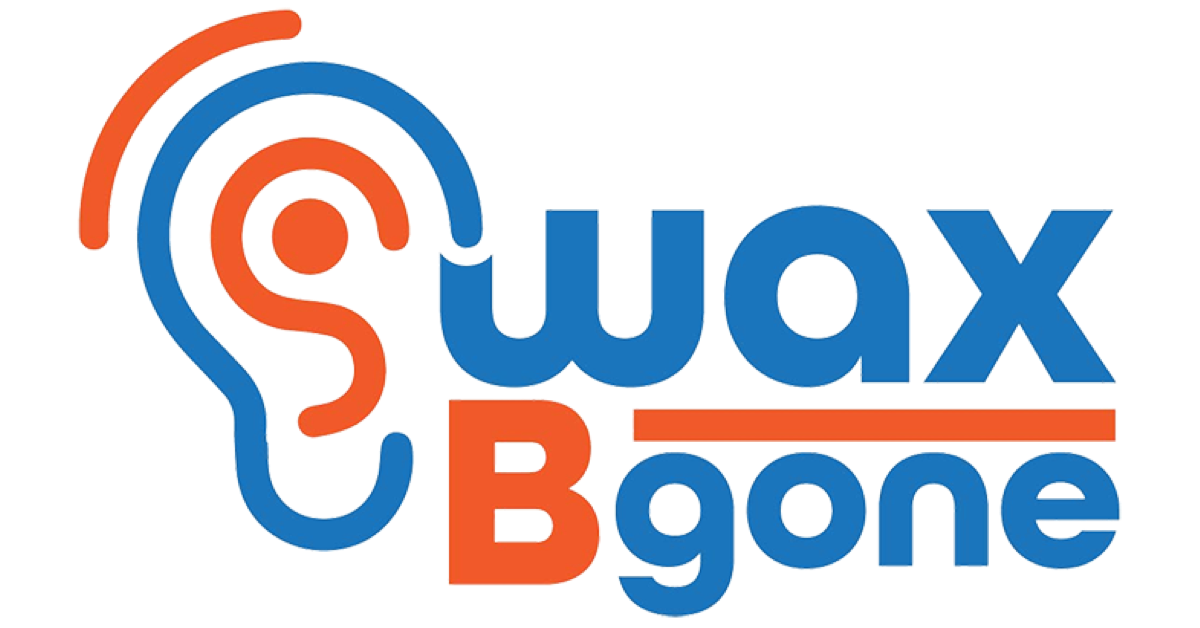Excess earwax can sometimes accumulate and cause discomfort or even hearing loss. While removing earwax may seem like a simple task, it is important to know the do's and don'ts of earwax removal to avoid causing further damage to your ear. In this blog, we will discuss the do's and don'ts of earwax removal.
The Do's of Earwax Removal
- Use Earwax Softeners: Using earwax softeners such as mineral oil, baby oil, or over-the-counter ear drops can help soften the wax and make it easier to remove. In some cases, ear drops will soften or dissolve the wax and allow it to fall out of the ear on its own. However, in most cases, wax removal will require a little help. For in-home treatment there is no safer method then to flush the ear canal with warm water to dislodge and expel the earwax. Studies have shown that successful irrigations following the use of ear drops can increase wax removal up to 97%.
- Use Warm Water: When irrigating your ear be sure to use warm water. Hot or cold water will cause temporary dizziness which is not dangerous but not pleasant either.
- Use a multi-stream tip: There are many earwax irrigation kit available tn the market place which make flushing easier, some safe but many not. Be sure to use a kit that has a multi-stream irrigation tip to prevent possible injury to the delicate eardrum.
- Use a Bulb Syringe: Gently irrigating the ear with a bulb syringe after using a softening agent can help flush out excess earwax. It is the safest and the least expensive solution to earwax removal.
- Seek Professional Help: If you are experiencing discomfort, pain, or hearing loss and don’t feel comfortable with self- treatment, seek professional help from a doctor or an audiologist. They have the proper tools and expertise to safely remove excess earwax.
The Do Not's of Earwax Removal
- Using Cotton Swabs: Using cotton swabs or other objects such as hairpins, curettes or spiral tools to clean the ear can push the earwax further into the ear canal, causing it to become impacted and more difficult to remove. They can also cause serious injury to the delicate structures in the ear.
- Ear Candling: Ear Candling is dangerous and should be avoided. It is a practice in which a hollow candle is inserted into the ear canal and lit. Numerous well documented studies have shown that it neither created suction nor removed wax and was associated with many complications such as serious damage to the ear canal and eardrum.
- Use High-Pressure Water: Using a high-pressure water irrigator such as a water jet to clean the ear can cause damage to the delicate structures in the ear. The only exception is if they are equipped with a multi-stream irrigation tip.
- Overuse Ear Drops: On rare occasions, overusing ear drops can cause irritation or inflammation in the ear canal. Follow the instructions on the label carefully, and do not use ear drops for longer than recommended.
- Clean Your Ear Too Often: Cleaning your ear too often is not necessary and can disrupt the natural process of earwax production and removal.
In conclusion, removing excess earwax can be done safely and effectively by following the do's and don'ts of earwax removal. It is important to avoid using cotton swabs or other objects to clean the ear, as this can cause more harm than good. Instead, use earwax softeners or seek professional help from a doctor or audiologist. Remember to be gentle when cleaning your ear, and only do it when necessary. By following these guidelines, you can keep your ears healthy and functioning properly.
To check out a full line of our products visit our website: https://www.waxbgone.com/collections/collection-all
